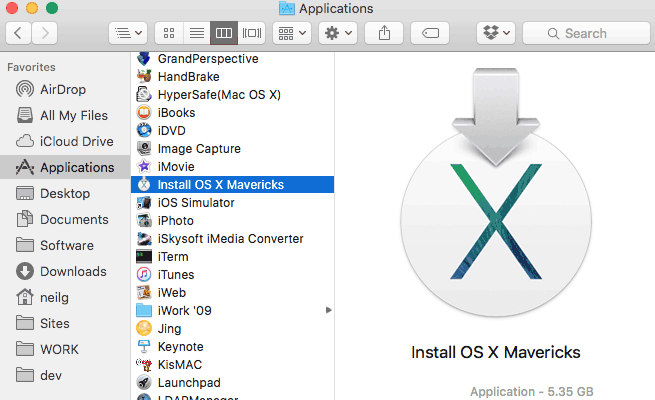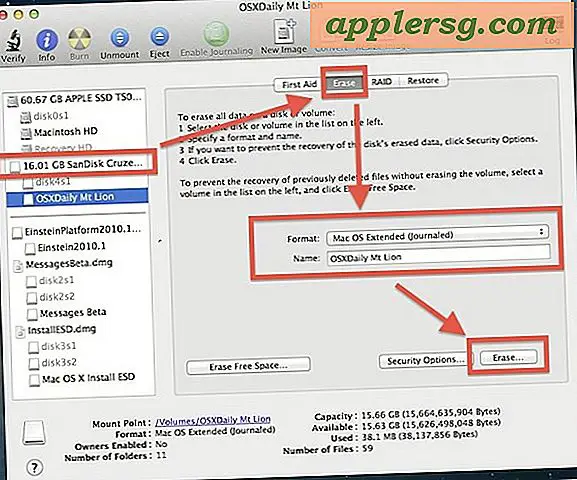
- #Make boot disk for mac os x how to#
- #Make boot disk for mac os x mac os x#
- #Make boot disk for mac os x install#
For Destination, drag and drop the partition created on the USB drive onto the textbox ( Figure G)
#Make boot disk for mac os x install#
#Make boot disk for mac os x mac os x#
Upon completion of the USB formatting, locate Install Mac OS X Mavericks.app (downloaded in step #1 to the Applications folder, by default).

Launch the Terminal.app by selecting it from the /Applications | Utilities folder and execute the following command ( Figure C)*:ĭefaults write AppleShowAllFiles TRUE \killall Finder \say Files Revealed.Click on the Options button, select the radio button for GUID Partition Table, and click OK ( Figure B).Select Mac OS Extended (Journaled) for the format-type from the drop-down menu ( Figure A).Click the drop-down menu, selecting 1 partition.Click on the USB drive from the left-hand menu and select the Partition tab.Insert the USB drive into the Mac and launch Disk Utility.Using a Mac with at least OS X 10.6.8 installed, access the Mac App Store and download the Mavericks (10.9) app installer.User Account with Administrative privileges.Apple computer with Mac App Store (OS X 10.6.8+).Install OS X Mavericks.app (installer downloaded from Mac App Store).Creating a USB Installer for Apple OS X 10.9īefore proceeding, you'll need the following items to complete the process: However, the focus of this article is the change in the process for creating a working, bootable USB drive. The latest iteration of OS X, version 10.9 (aka Mavericks), marks not only 200+ changes in the OS, but also does away with the fabled "big cat" naming scheme.
#Make boot disk for mac os x how to#
If you don’t know the password for the root user, follow this Apple support page to learn how to change this password.In April, I wrote an article on TechRepublic about how to create a bootable USB to install OS X. Rather, it’s the password for the root user on your Mac. This is not the password for the account that you use to log in. OS X El Capitan: sudo /Applications/Install\ OS\ X\ El\ Capitan.app/Contents/Resources/createinstallmedia -volume /Volumes/ MyVolume -applicationpath /Applications/Install\ OS\ X\ El\ Capitan.app MacOS High Sierra: sudo /Applications/Install\ macOS\ High\ Sierra.app/Contents/Resources/createinstallmedia -volume /Volumes/ MyVolume MacOS Mojave: sudo /Applications/Install\ macOS\ Mojave.app/Contents/Resources/createinstallmedia -volume /Volumes/ MyVolume MacOS Catalina: sudo /Applications/Install\ macOS\ Catalina.app/Contents/Resources/createinstallmedia -volume /Volumes/ MyVolume MacOS Big Sur: sudo /Applications/Install\ macOS\ Big\ Sur.app/Contents/Resources/createinstallmedia -volume /Volumes/ MyVolume Replace the string My Volume with the volume name of your USB drive. At the Terminal prompt, type one of the following commands, depending on your version of macOS. Return to the Utilities folder on your Mac and open the Terminal app. Make sure the USB drive is still connected to your Mac.
:max_bytes(150000):strip_icc()/DiskUtilitycontinueannotted-466f545a0f694970be81b88d10e2ac92.jpg)



 0 kommentar(er)
0 kommentar(er)
